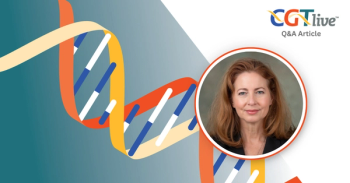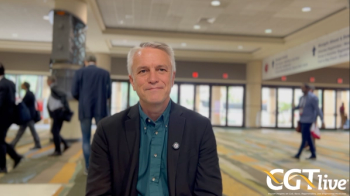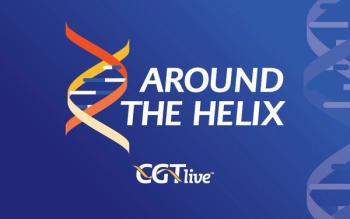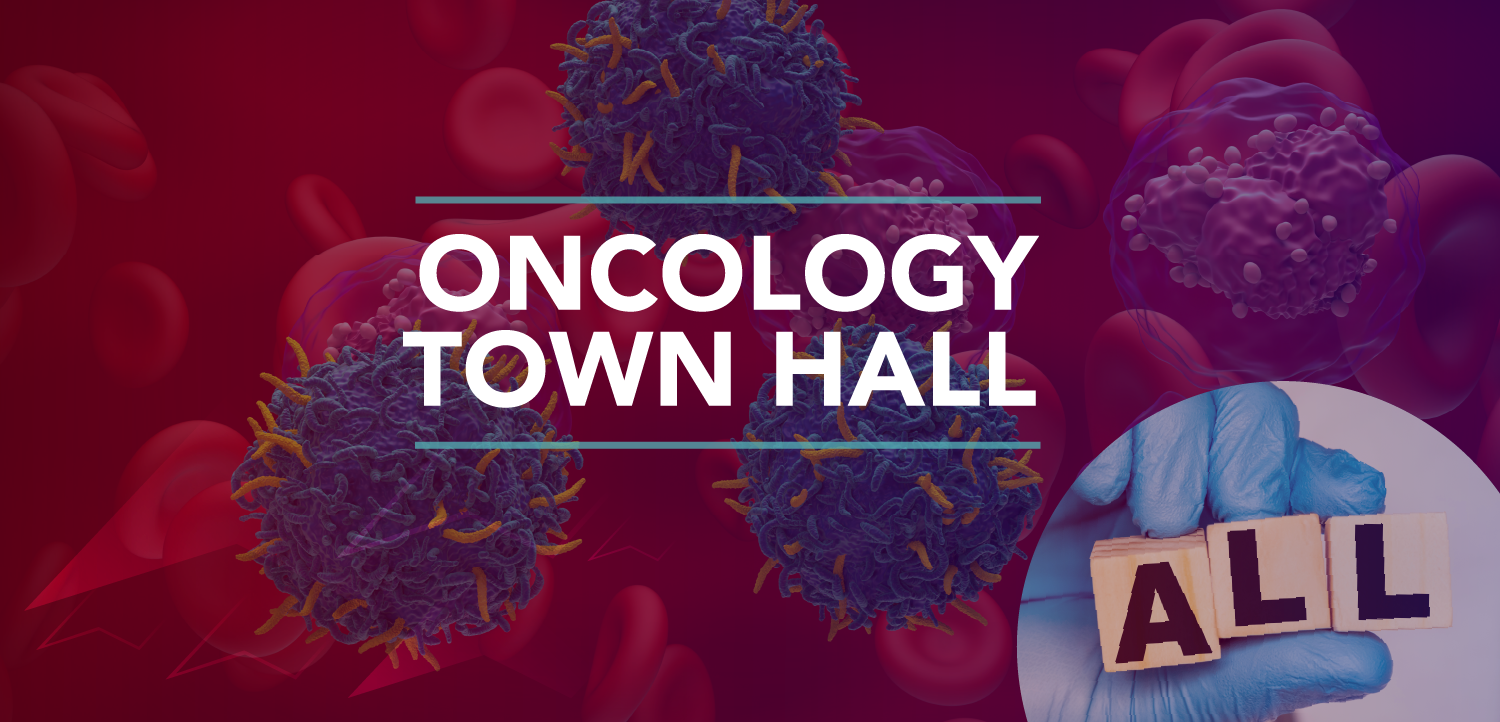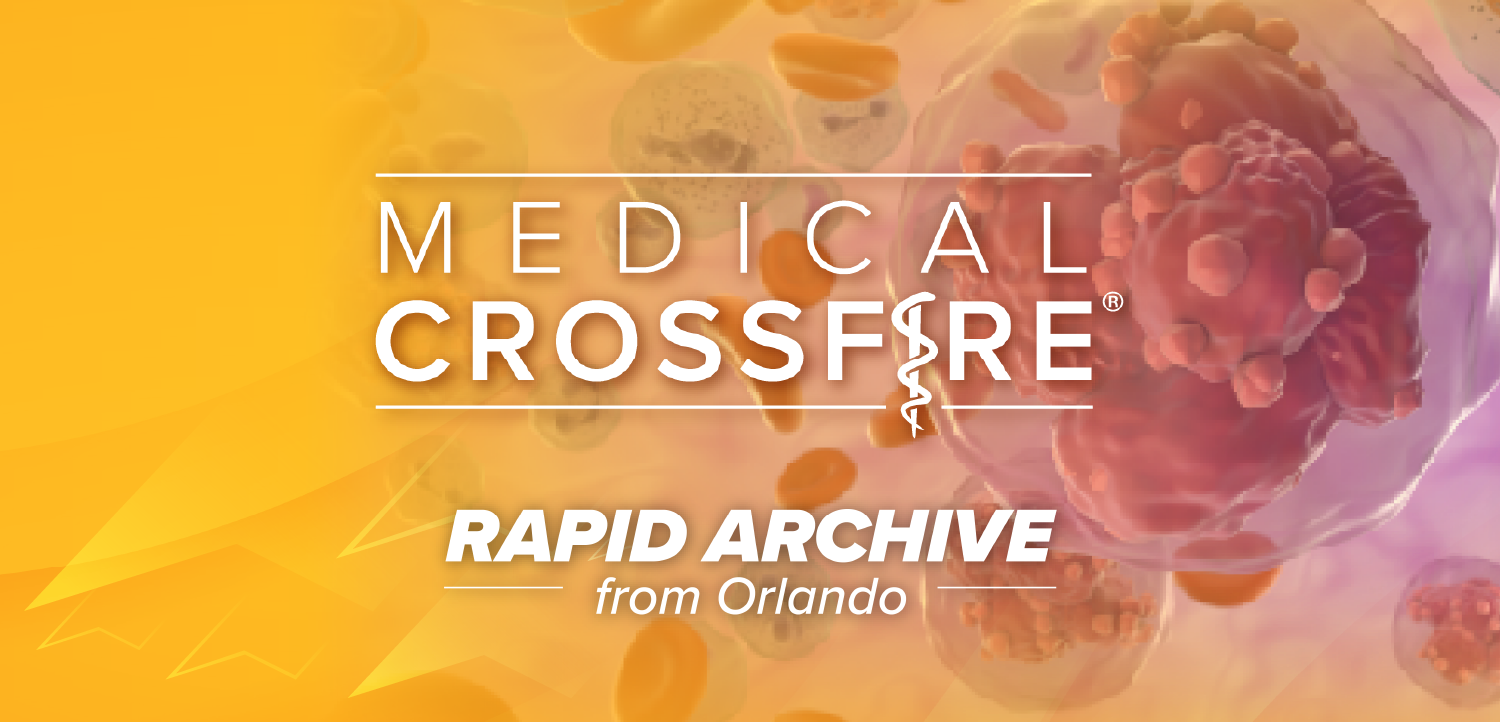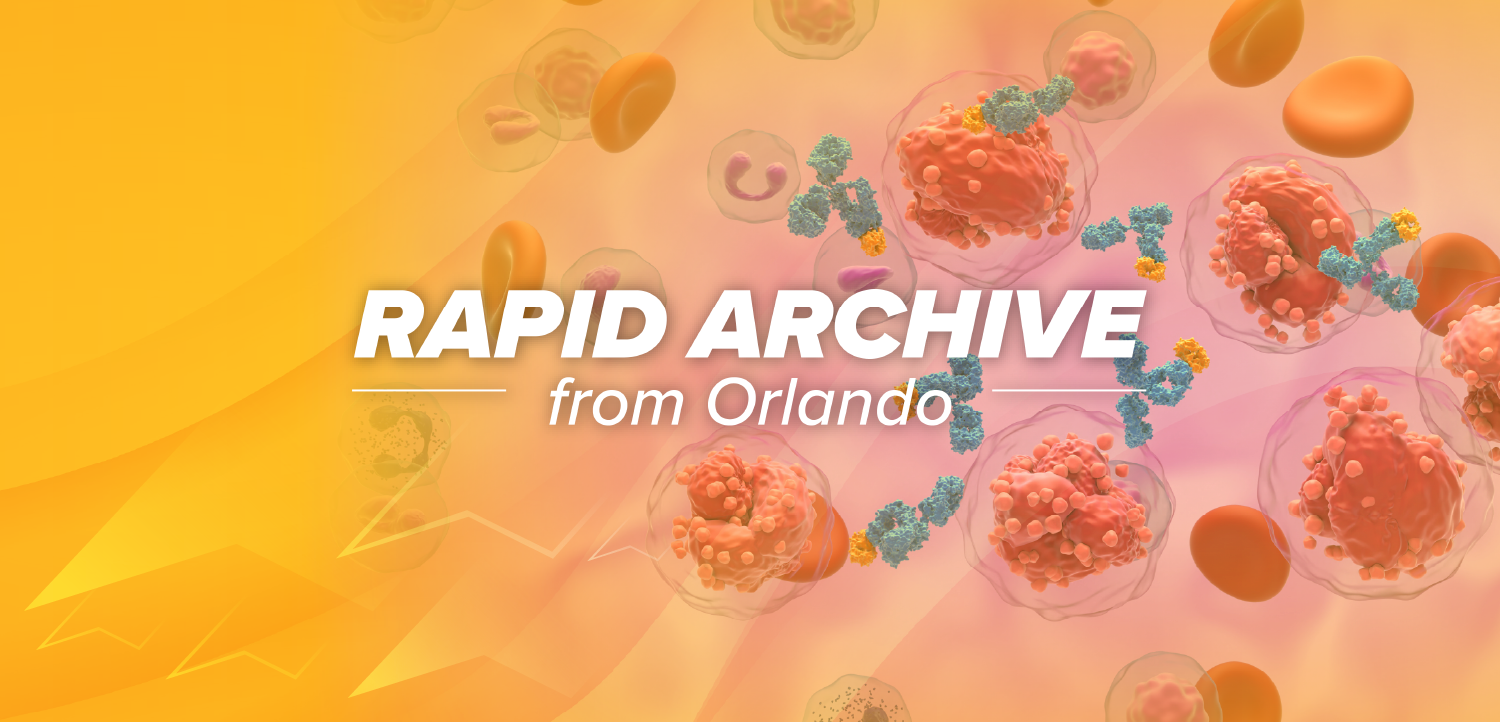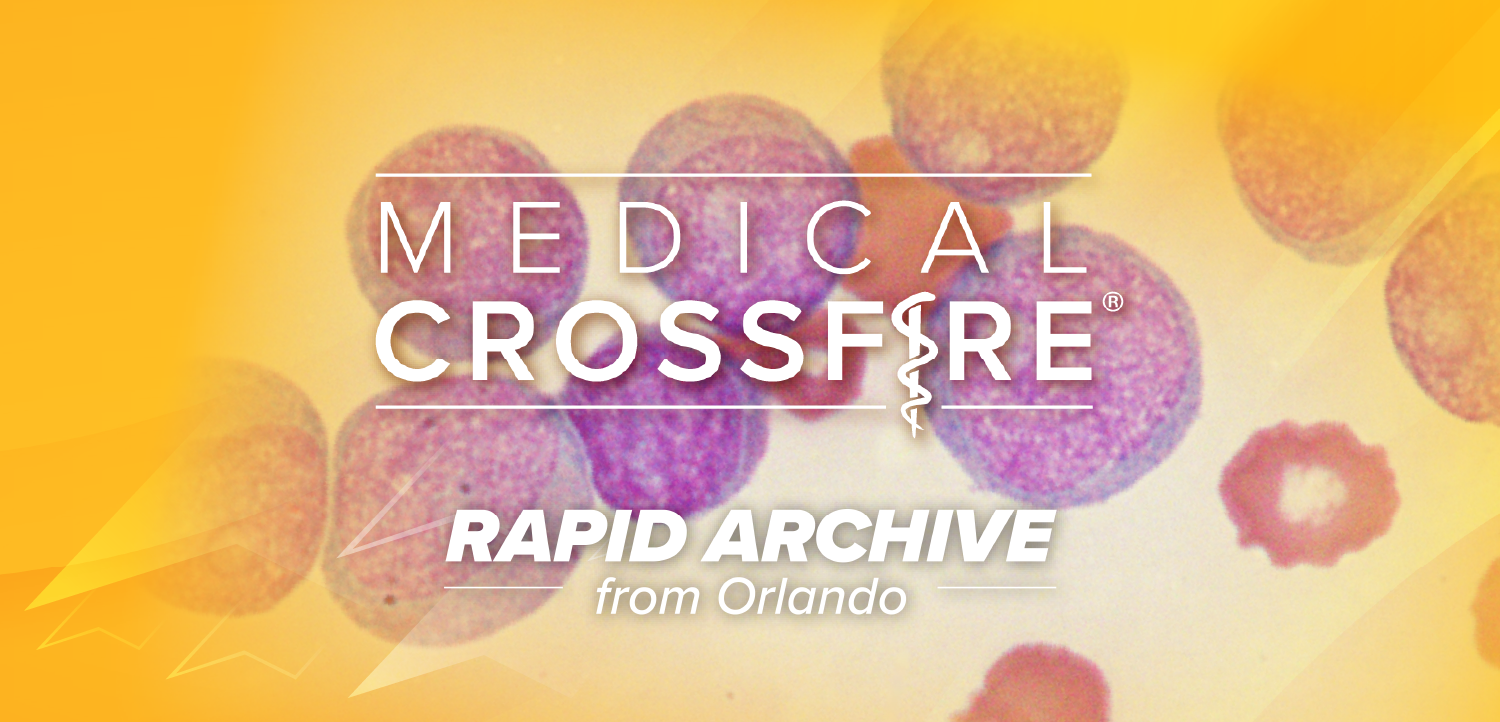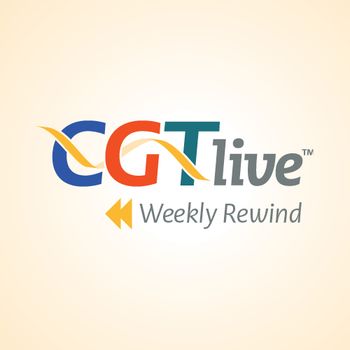
RP-A501 Gene Therapy Treatment Well-Tolerated in Male Patients with Danon Disease
The low-dose cohort of RP-A501 conferred cardiac LAMP2B transgene expression.
A new study presented at the American Society of Gene & Cell Therapy (ASGCT) Virtual Meeting evaluated the safety of RP-A501 in male patients with
An X-linked disease, DD has characteristics of cardiomyopathy, cognitive impairment, and skeletal myopathy. It is caused by a mutation of the lysosome-associated membrane protein (LAMP2), an essential protein for autophagy.
The Study
Investigators, led by Barry Greenberg, MD of the UC San Diego School of Medicine, found that in the first in-human trial, the low dose cohort of RP-A501 gene therapy for DD was well-tolerated and conferred cardiac LAMP2B gene expression.
The team initiated an open-label phase 1 study in 2019. A population of 12-24 participants would receive an IV infusion of RP-A501.
Greenberg and team evaluated two dose levels: 6.7 x 1013 GC/kg and 1.1 x 1014 GC/kg.
The investigators included 2 age groups, including ≥15 years and 8 – 14 years. The eligibility included a DD diagnosis with confirmed LAMP2 mutation, with at least 1 abnormal finding through ECG, echo, cardiac MRI, or electrophysiology.
The first cohort included 3 patients, ≥15 years old with a dose level of 6.7 x 1013 GC/kg.
Findings
The team found the treatment with RP-A501 increased cardiac LAMP2B expression by Western blot (WB) and immunohistochemistry (IHC).
Of the 3 patients in Cohort 1, 2 patients with closely monitored compliance with the treatment regimen had high levels of cardiac LAMP2B expression, with 68% and 92% versus normal control in IHC. Investigators also found the patients had up to 61% versus normal control by WB.
The team noted that NT-proBNP tended to improve, while CPK-MB improved or stabilized.
In all patients in cohort 1, there were visible improvement in autophagic vacuoles within myocardium.
Further, the team observed elevation of transaminases, CK, CK-MB, and Troponin 1, which returned to baseline within 2 months.
“This first in-human trial demonstrates that the low dose cohort of RP-A501 gene therapy for DD was generally well-tolerated and confers cardiac LAMP2B transgene expression,” investigators wrote.
The results from patients treated with a higher dose of RP-A501 gene therapy is pending.
The study, “Results from First-in-Human Clinical Trial of RP-A501 (AAV9:LAMP2B) Gene Therapy Treatment for Danon Disease,” was presented online at ASGCT.
Newsletter
Stay at the forefront of cutting-edge science with CGT—your direct line to expert insights, breakthrough data, and real-time coverage of the latest advancements in cell and gene therapy.

